This article was co-authored by wikiHow Staff. Our trained team of editors and researchers validate articles for accuracy and comprehensiveness. wikiHow's Content Management Team carefully monitors the work from our editorial staff to ensure that each article is backed by trusted research and meets our high quality standards.
This article has been viewed 26,787 times.
Learn more...
While they make side sleeping with a CPAP mask much more comfortable, a store-bought CPAP pillow can cost hundreds of dollars. You can save money by easily making your own. The easiest and most affordable way is to tie an ordinary firm pillow to create indentations for the mask. You could also cut spaces for the mask into an inexpensive foam pillow. Creating a pillow is an easy sewing project, so if you have basic stitching skills, you can sew and stuff your own custom CPAP pillow.[1]
Steps
Tying a Standard Pillow
-
1Purchase a firm pillow. You can buy an inexpensive firm pillow from your local department or home goods store. If you don’t want to purchase a new pillow, you can just use an old one you already own.
- A firm pillow will work best since it’ll hold its shape better than a plush one.
-
2Tie it two-thirds down from one end. Grab an old dress tie and use it to tie off the pillow to create indentations for the CPAP mask. Tie the pillow tightly two-thirds from one end.
- A dress tie is more durable and will feel better to lie on than string, twine, or rope. If you don't have a dress tie, try using a soft ribbon or narrow strip of fabric.
Advertisement -
3Place it on the bed vertically instead of horizontally. You’d normally place a pillow on the bed horizontally, or so the longer sides face the head and foot of the bed. Instead, place the pillow vertically, so the shorter sides face the bed’s head and foot. The end of the pillow with the tie one-third down from its edge should face the foot of the bed.
- Try lying down on your side on the one-third section of the pillow. The tie should create spaces that comfortably fit your CPAP mask. If necessary, adjust the tie’s location to find the most comfortable position.
Cutting a Foam Pillow
-
1Lie on a foam pillow and mark where your CPAP mask lies. Purchase an inexpensive foam pillow. Lie on each side with your mask on, and measure where the mask makes contact with both sides of the pillow.
- Trace out the areas that you’ll need to cut out to make room for the mask. Be careful not to accidentally mark your mask.
-
2Carve C-shaped cutouts for the mask on each side. Use a long serrated knife or electric carving knife to cut the pillow. Carve along the marks you traced on each side.
- Carving cutouts for the mask on each side will allow you to comfortably sleep on both your right and left sides.
- If necessary, cut a space at the bottom of the pillow for your shoulder.
-
3Sew a pillowcase onto it if you desire. If you’d like, you can sew a case onto the pillow by stitching along the contours. If not, you can just cover it with a standard pillowcase. Make sure the pillowcase is large enough to fit into the contours without obstructing them.
- If the pillowcase fits too tightly, it won’t take the same shape as the contours you cut into the pillow.
Sewing a Homemade CPAP Pillow
-
1Select your fabric and yardage. Choose a fabric that's nice and soft, since you’ll be resting your face on it. You’ll need between a half yard and one yard of fabric to make a bed pillow.[2]
- Once you’ve selected your fabric, prewash it according to its care instructions.
-
2Cut pillow shapes with C-shaped spaces for the CPAP mask. Trace a pillow shape with two cutouts on each side onto a piece of tissue paper. It should look like a rectangle with two C-shaped cutouts for the CPAP mask on each side. Using the tissue paper form as a guide, cut the fabric with shears to create the pillow’s front and back sides.
-
3Pin the pieces of fabric together. Place the front and back sides together right side in, or so what will eventually be the insides of the pillow face out. The pieces of fabric should be on top of each other so that they’re inside out when you stitch them together. Use straight pins to secure the pieces of fabric to each other so you’ll be able to sew them together.[3]
-
4Stitch three sides of the pillow together. As you stitch three sides of the pillow, take care to follow the curves of the C-shaped contours. Before stitching, tie a knot at the end of your thread opposite the needle so it won’t pull through the fabric.[4]
- If you’re using a sewing machine, try not to yank the fabric too hard to follow the curve. Focus on the area just ahead of your stitching needle and gently move the fabric with your fingertips to follow the curve.
- Leave the fourth side open so you can flip the pillow right side out and stuff it.[5]
-
5Stuff the pillow. After stitching three sides and turning the pillow right side out, you can stuff the pillow. You can find a foam, cotton, or polyester filling of your choice at your local craft or home goods store. Pull the filling apart to loosen it, then pack it into the pillow’s nooks and crannies.
-
6Stitch the fourth side closed. You can pin the fourth side before stitching it closed to test its firmness. Add or remove filling to fit your comfort standards and accommodate your CPAP mask. Once you’ve filled the pillow to your liking, stitch the last side closed. [6]
Things You’ll Need
Tying a Standard Pillow
- Firm pillow
- Dress tie, ribbon, or narrow strip of fabric
Cutting a Foam Pillow
- Foam pillow
- Fabric pen or marker
- Long serrated knife or electric carving knife
- Loose-fitting pillowcase
Sewing a Homemade Pillow
- Fabric of your choice (at least one yard)
- Tissue paper
- Fabric shears
- Straight pins
- Sewing needle (or sewing machine)
- Thread
- Foam or cotton pillow filling
References
- ↑ https://www.helpguide.org/articles/sleep/sleep-apnea.htm
- ↑ https://www.youtube.com/watch?v=ixguO9k5So8&feature=youtu.be&t=46
- ↑ https://www.youtube.com/watch?v=ixguO9k5So8&feature=youtu.be&t=123
- ↑ https://www.youtube.com/watch?v=ixguO9k5So8&feature=youtu.be&t=246
- ↑ https://www.youtube.com/watch?v=ixguO9k5So8&feature=youtu.be&t=289
- ↑ https://www.youtube.com/watch?v=1PGtaQjFP7E&feature=youtu.be&t=118
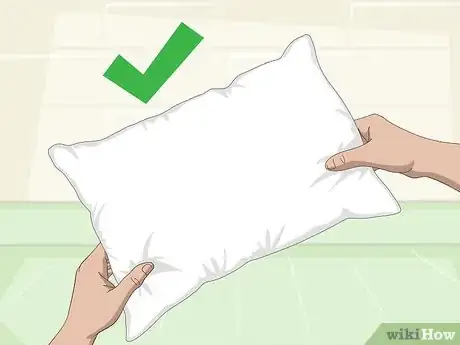
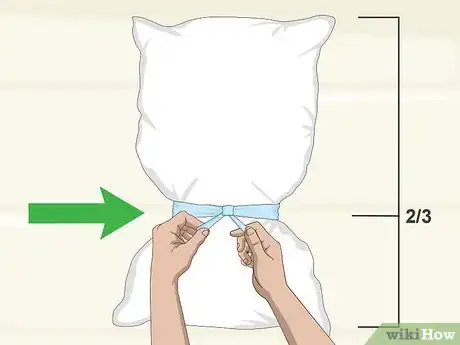
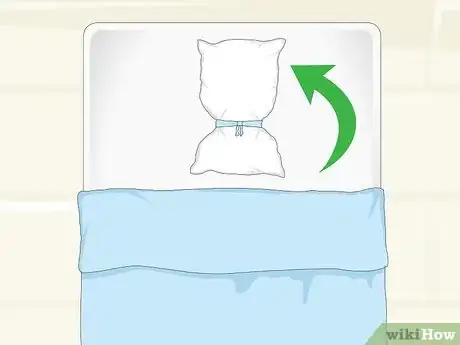
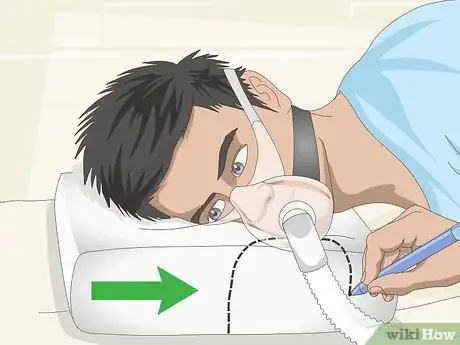
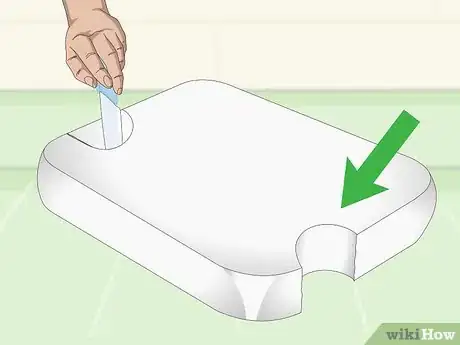
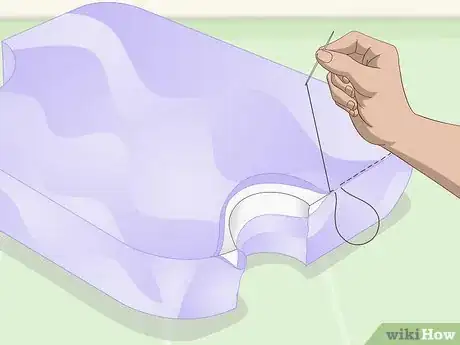
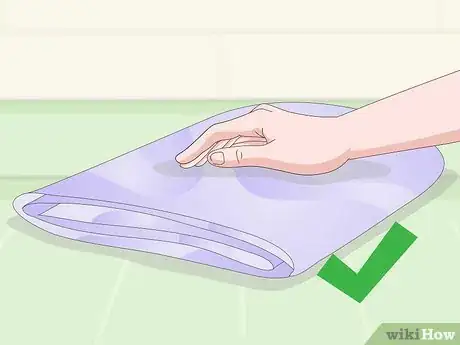
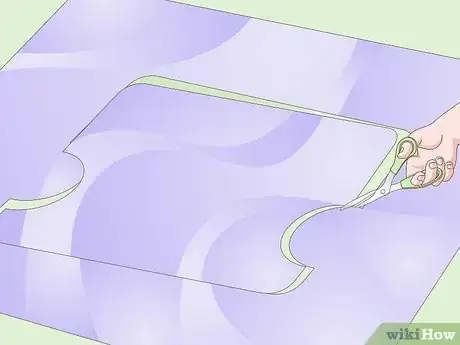
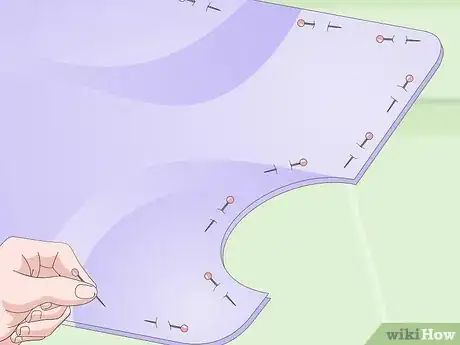
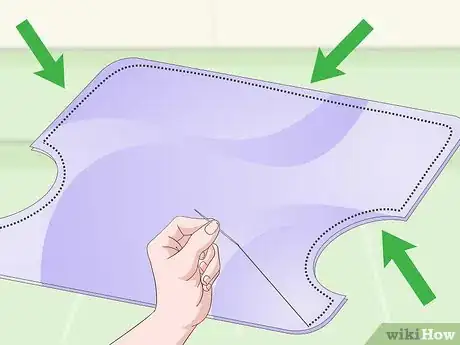
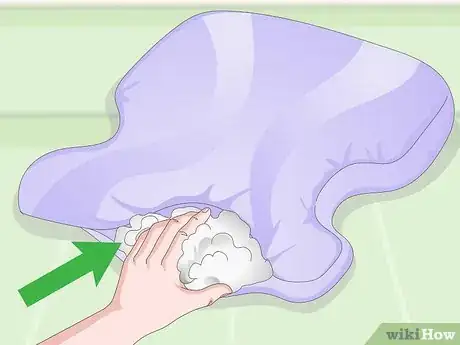
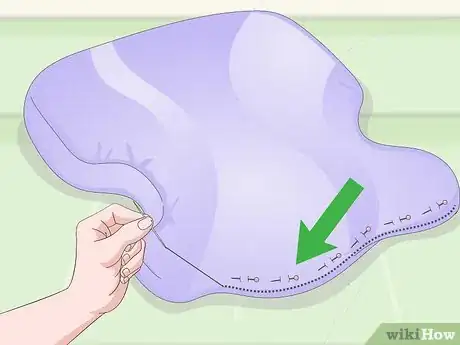
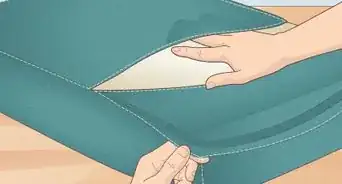

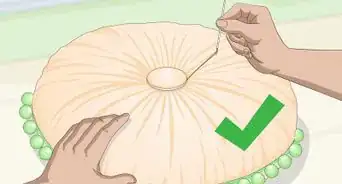
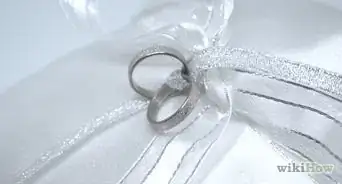
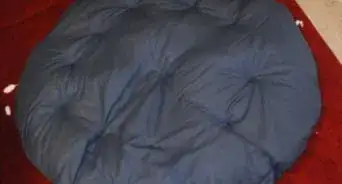
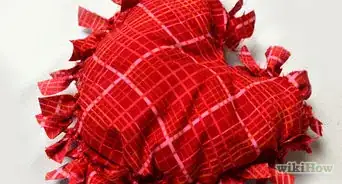
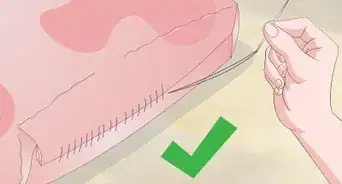









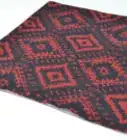





































Medical Disclaimer
The content of this article is not intended to be a substitute for professional medical advice, examination, diagnosis, or treatment. You should always contact your doctor or other qualified healthcare professional before starting, changing, or stopping any kind of health treatment.
Read More...